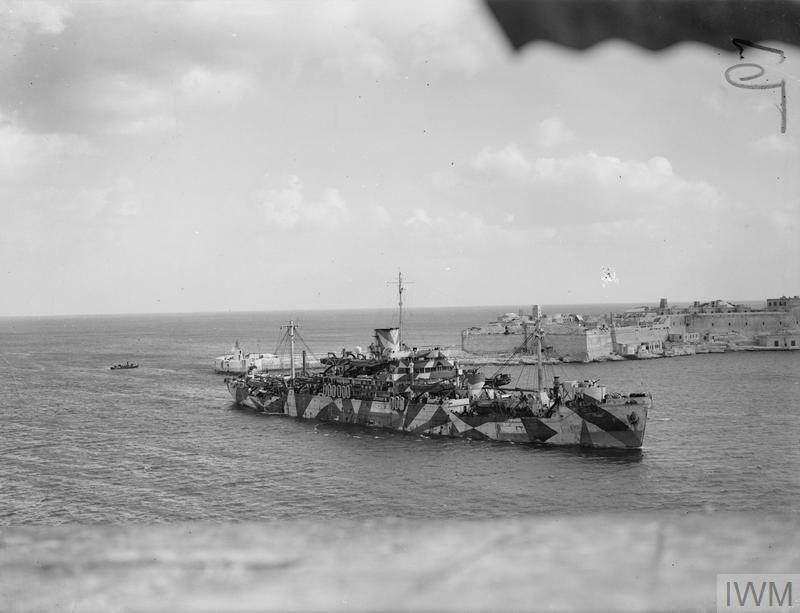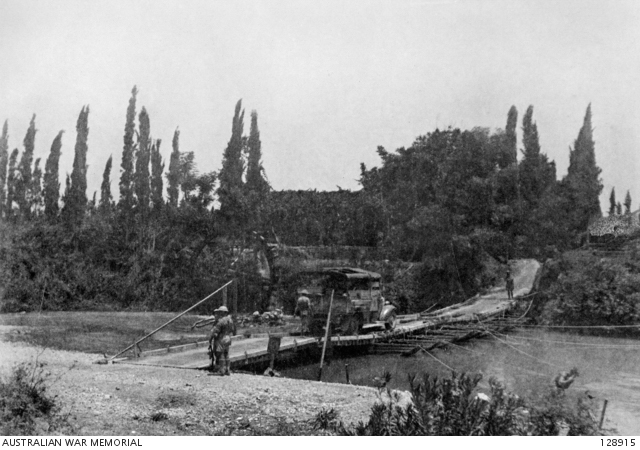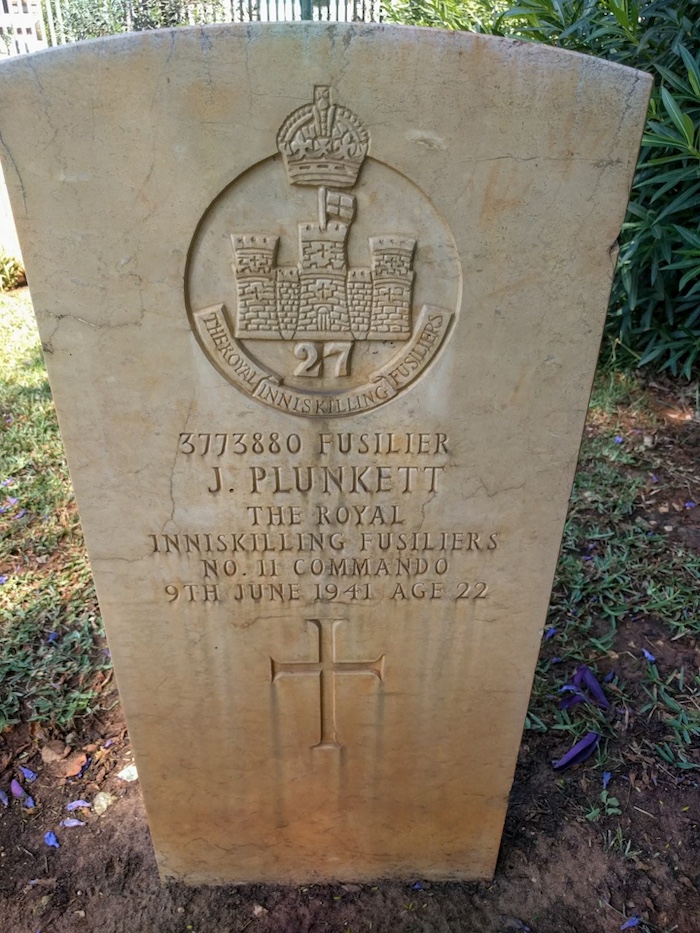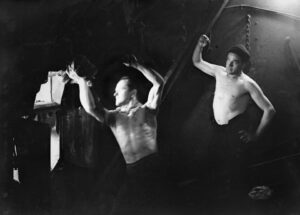John joined the Royal Inniskilling Fusiliers during the Second World War. He was a Fusilier with service number 3773880 and eventually joined 11 Commando.
11 Commando was formed in June 1940 from volunteers from Scottish regiments under the command of Lieutenant Colonel Richard Pedder. They deployed to the Middle East in early 1941 and sent to Cyprus to garrison the island.
Syria and Lebanon were under Vichy French control and as such were a potential base for the Axis powers. The Germans infiltrated Syria in May 1941, posing a threat to the Suez Canal and the Allied positions in the Middle East. To neutralise this threat, on 8 June 1941 the Allies advanced into both countries from Palestine (Operation Exporter). The 21st Australian Brigade crossed the border into southern Lebanon within the first hour of the operation and began to advance along the coast road to Beirut. Their first obstacle to cross was the Litani River.
It had been planned that No. 11 Commando would land ahead of them and seize the bridge near the mouth of the river. The landing was planned to occur almost simultaneously with the Australians crossing the Syrian border, with the factor of surprise enabling them to take the bridge before the French could destroy it.
The Commandos had departed Cyprus at 5.40am on 4 June onboard the destroyers HMS Ilex and HMS Hotspur – they made good time and arrived at Port Said in Egypt at 5pm. After some final preparations they sailed at noon on 7 June onboard HMS Glengyle with the intention of making a dawn landing. As planned, they arrived off the mouth of the River Litani and embarked into the assault landing craft. However, at 1.30am the operation was cancelled due to concerns about the craft broaching or capsizing due to the prevailing weather and tidal conditions.

Glengyle returned to Port Said, leaving for a second attempt at 3pm. The original plan was modified en route – the main ‘X’ force would land north of the river close to an enemy post at Aiteniye Farm. Having neutralised this position, they would attack the redoubt on the north bank of the river from the rear. A smaller ‘Y’ Party would act as the reserve, landing a mile or so to the north of Aiteniye Farm. The third, ‘Z’ party was an additional reserve, landing a further mile to the north. Their role was also to capture the Kafr Badda bridge over a stream to the north to prevent enemy reinforcements arriving.
On the morning of 9 June, the landing craft were lowered once again, and the landings made between 4.20-4.50am when the sun was about to rise.
The most northerly ‘Z’ force encountered some inaccurate small arms fire and quickly overcome enemy resistance and set up defensive positions on both approaches to the bridge. They held off the French for most of the day but a counterattack with armoured vehicles forced them to withdraw, suffering some casualties in the process.
The centre ‘Y’ force headed inland over sand dunes and soon reached higher ground, where they met stiff resistance. For a time, the barracks in the area were captured but the French recovered the position, and their snipers took a heavy toll. After further action against superior French forces, the group surrendered.
The southern ‘X’ group landed on the opposite side of the river as intended. They worked their way to a position opposite the redoubt on the north bank (the one they were supposed to attack from the rear). They commandeered a boat and, together with some Australian troops, managed to deliver the men across the river in two trips. They captured the redoubt by 1.30pm, but the French then blew the bridge with the Australian advance guard within 50 metres of it.
After fighting through the night, the Australians managed to subdue the enemy and a pontoon bridge was constructed. The next morning the Australian advance continued, and the campaign lasted into July – when the Vichy French asked for an armistice.
11 Commando had suffered 45 killed and 83 wounded – with John Plunkett being one of those killed. He is buried in Beirut War Cemetery, located in Jalloul, in the Assas Area to the west of the Forest of Pines.
Note, the description of the Litani River Raid is an abridged version of the excellent Combined Ops website.

Units
- Royal Inniskilling Fusiliers (1939)
- 11 Commando (1940-1941)
Medals






